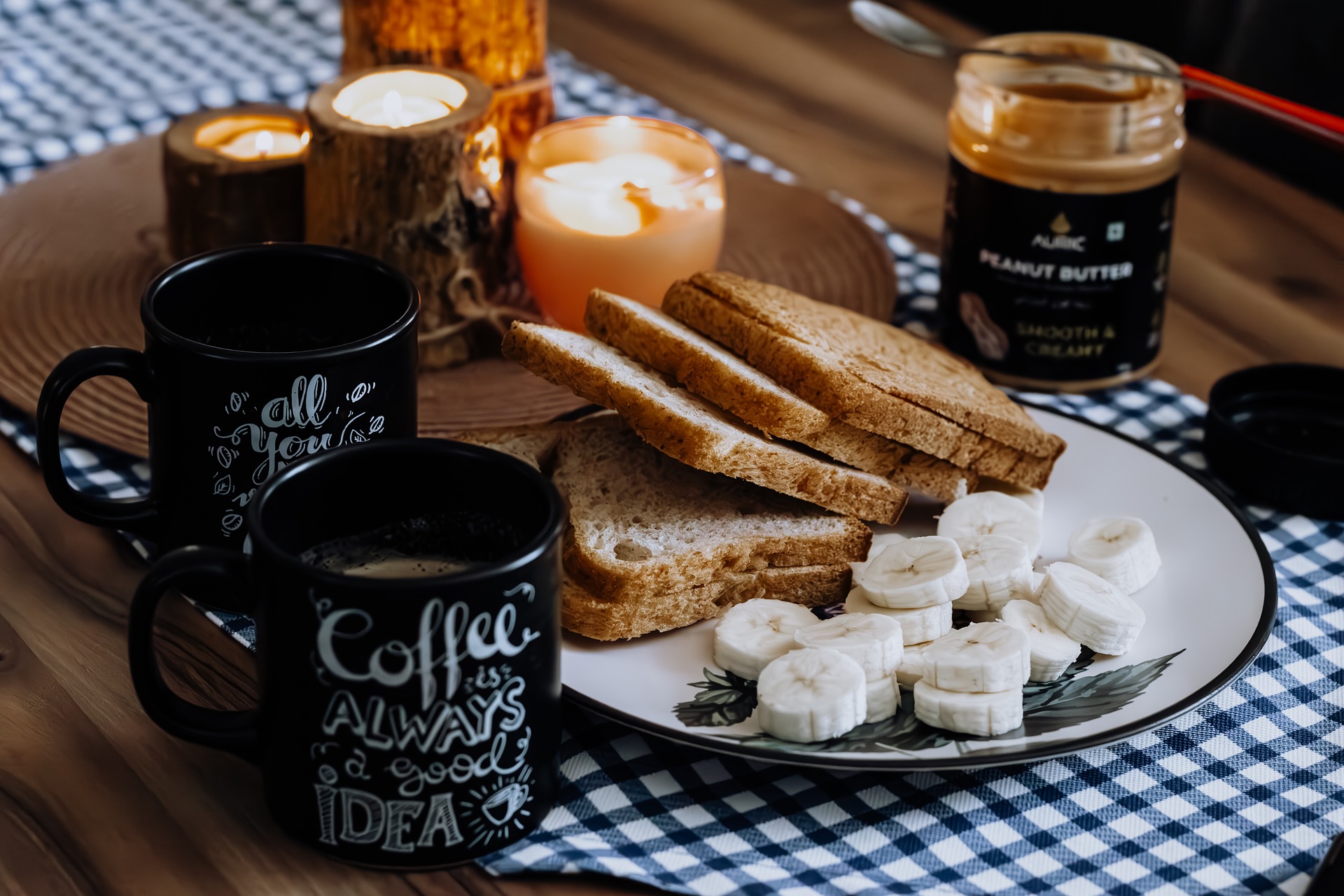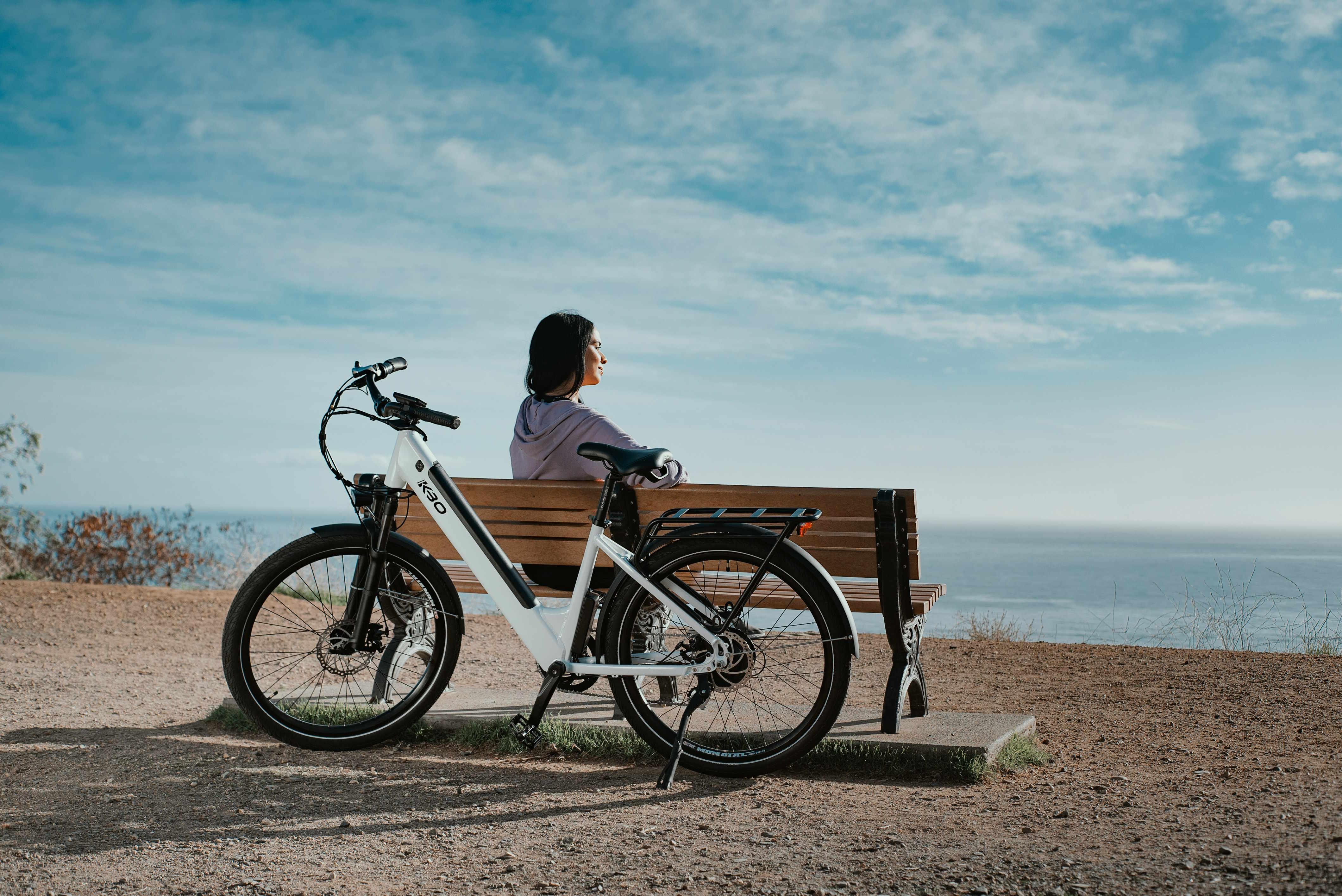Title: Creating an Indoor Garden: Urban Green Spaces
The trend of transforming our living spaces into green, indoor gardens has grown significantly over the past few years. As urban dwellers seek to reconnect with nature amidst the concrete jungle, creating a sustainable indoor garden has become an appealing trend. Read below.

The Rise of Indoor Gardens
Indoor gardening is not new; however, its popularity has surged in recent times due to the rise in urban living and limited outdoor spaces. People are now repurposing their living spaces into green havens to bring the outdoors inside. Indoor gardens not only add aesthetic appeal to a home but also improve indoor air quality by filtering pollutants. More importantly, they promote sustainability by reducing carbon footprints.
Choosing Sustainable Plants
When creating an indoor garden, selecting the right plants is crucial. Opt for species that thrive in indoor conditions and require less water and sunlight. Succulents, snake plants, and peace lilies are excellent choices. These plants are not only hardy but also require minimal resources to survive, making them perfect for a sustainable indoor garden.
Use of Recycled Planters
One of the crucial aspects of a sustainable indoor garden is the use of recycled planters. Instead of buying new pots, you can repurpose old containers, cans, or even shoes as planters. This practice not only reduces waste but also adds a unique and personal touch to your garden.
Water Conservation Techniques
Water conservation is key in maintaining a sustainable indoor garden. Techniques such as using a watering can instead of a hose, collecting rainwater, or reusing cooking water can make a significant difference in your water consumption. Additionally, incorporating a self-watering system can help ensure your plants get just the right amount of water they need.
Green Pest Management
Pests can be a problem in indoor gardens. However, instead of resorting to harmful pesticides, opt for eco-friendly pest management techniques. Introducing beneficial insects like ladybugs and green lacewings can help control pest populations. Similarly, using homemade sprays with ingredients like neem oil, vinegar, or even garlic can keep pests at bay without causing harm to your plants or the environment.
Useful Tips and Facts:
- Start small and gradually expand your indoor garden.
- Position your plants near a window where they can get indirect sunlight.
- Regularly prune your plants to encourage healthy growth.
- Rotate your plants regularly to ensure all sides get equal sunlight.
- Always water your plants in the morning to prevent fungal diseases.
In conclusion, creating a sustainable indoor garden is more than just a trend; it’s a lifestyle choice that promotes environmental consciousness and sustainability. As urban dwellers, it’s our responsibility to incorporate green practices in our lives, and what better way to start than by creating our own slice of nature at home.




